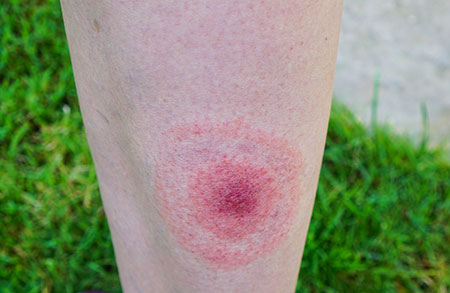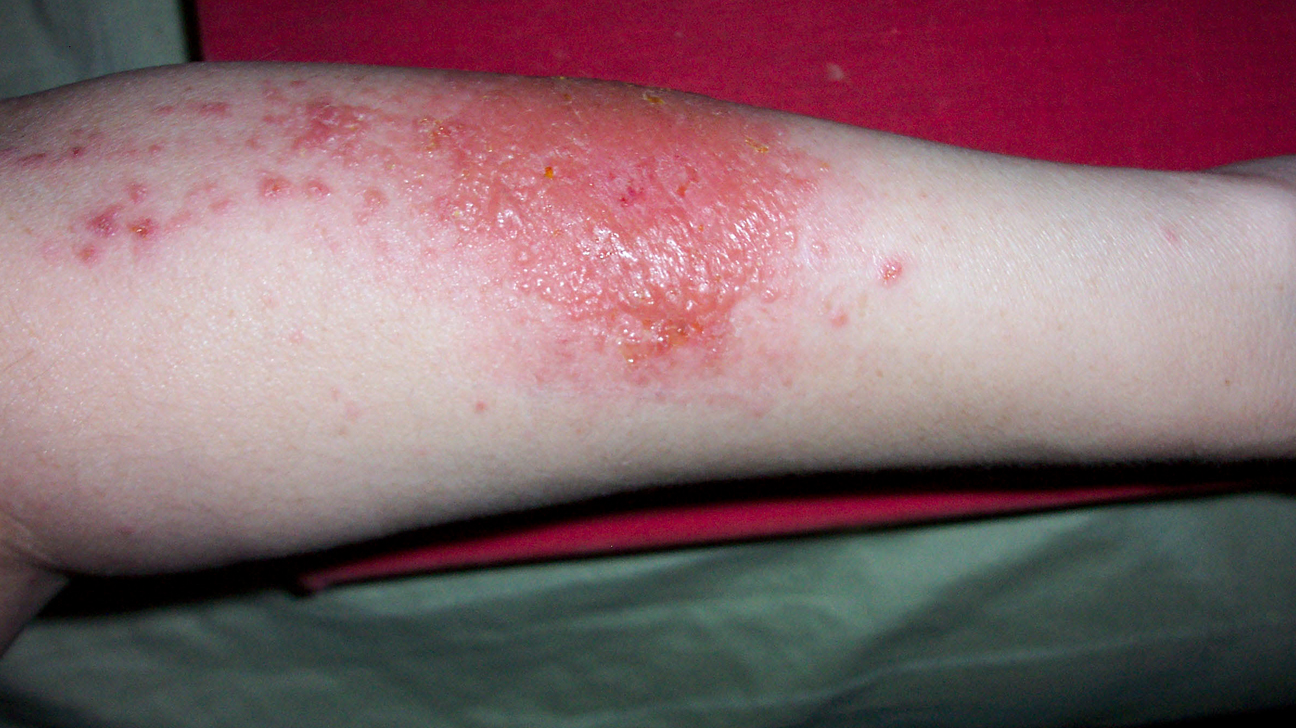

In moderate to severe cases of poison ivy rash, it is a good idea to see your doctor. Taking Benadryl at nighttime will make most people drowsy and help them sleep through the night without itching. This helps to further relieve the itching and dry up the blisters.īenadryl is available over-the-counter without prescription and can also help with the itching. Do it a couple of times a dayĪfter cooling your skin, coat the rash with a lotion such as Calamine. A rash can develop in a few hours if youve had a rash from one of these plants before. Poison ivy plants secrete this oil even in the fall when there are no leaves on the plant.
POISON IVY RASH STAGES SKIN
The oil from the plant seeps into the skin and causes the allergic reaction, and it does not matter what time of year it is. Involves medical dermatology and pediatric dermatology. Poison ivy rashes are a result of contact with a poison ivy or poison oak plant. Treatments include avoiding the allergen, hydrocortisone cream, and topical steroids.

This will relieve the intense itching and make you feel better. Many allergens can cause it, including poison ivy and preservatives in personal care products. Try using a towel or wash cloth soaked in plain tap water, Epson salt water, or astringent solution on the rash. Here are some tips that helps you to heal faster: More severe cases can last up to 30 days or longer. Moreover, inhaling smoke from the buring poison ivy also causes an allergic reaction. Inhaling the smoke from burning poison ivy plant can cause inflammation in the lungs. Swelling may require medical attention if it affects the face, eyes or genitals (x, x, x). An allergic reaction to poison ivy causes swelling and redness in the skin, irritated by the urushiol in the plant as the immune system tries to fight off the allergen. The oils are most likely from contaminated cloting, tools, or even your cat or dog. This is one of the main symptoms of poison ivy rash. If new areas of rash appear after 3 days, you are probably get re-exposed to the plant oils. The rash will frequently break out in stages and continue spreading for the first 1 or 2 days. The result can range from mild red bumps to an intense allergic reaction of swelling, blistering, and oozing. The rash often begins after a 12 to 48 hours of the exposure.

It can be identified from the pictures below. Poison ivy rash is an allergic skin reaction caused by the sap oil of the poison ivy.


 0 kommentar(er)
0 kommentar(er)
